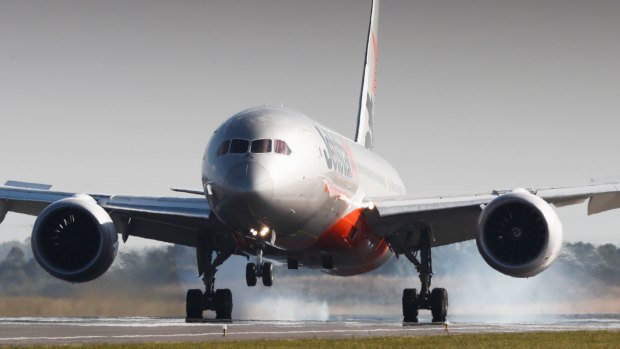Talent vs. Travel: The Debate Over Short-Travel Bikes
In the world of mountain biking, the debate between short-travel and long-travel bikes has been ongoing for years. With advancements in technology and design, modern enduro bikes with 160mm of travel have become incredibly capable and well-rounded. However, there is still a case to be made for the rewards of riding a short-travel bike and relying on skill rather than suspension.
You’re Not A Pro
While downhill bikes with their massive suspension and aggressive geometry are impressive machines, the reality is that most riders are not professional racers. Instead of relying solely on the capabilities of a long-travel bike, investing in riding clinics or coaching can help riders unlock their potential and improve their skills. Suspension travel alone cannot replace the benefits of proper technique and training.
Sorry, Your Trails Aren’t That Burly
Not all trails require the forgiveness and capabilities of a long-travel bike. In fact, many trails are more suited for shorter-travel bikes. The misconception that bigger is always better can lead riders to choose bikes that are overkill for the terrain they ride. A shorter-travel bike can offer more agility, responsiveness, and fun on average trails, allowing riders to fully engage with the terrain and experience the thrill of mastering challenging sections.
Why Short-Travel?
Despite being more difficult to ride and harder on the body, short-travel bikes have their own unique advantages. Their responsiveness to rider input and ability to handle terrain with finesse make them enjoyable to ride. From cornering to navigating technical sections, a short-travel bike requires skill and precision, resulting in a more rewarding experience. It’s not just about speed; it’s about those smaller moments that stand out and make a ride memorable.
Short-Travel Bike Defined
In this op-ed, we define a short-travel bike as having around 5” of travel or less. The specific build and components can vary, but the key is designing the bike to maximize its limited travel and optimize suspension and angles. While there are fewer options on the market for shorter-travel bikes, their performance and handling make them worth considering for riders seeking a more engaging and skill-based experience.
Skill, Not Suspension
One argument against short-travel bikes is that they can make it harder to keep up with riding partners on long-travel bikes. However, with practice and honed skills, riders can bridge that gap and find themselves keeping pace. Short-travel bikes offer a level of responsiveness and feedback that encourages riders to improve their technique. The sense of accomplishment that comes from conquering challenging sections through skill rather than relying solely on suspension is unmatched.
Author Quote: Mike Levy
“Of course, it doesn’t matter what type of bike any of us are riding, only that we’re having fun. But let’s not let that keep us from arguing about things for this Throwback Thursday, okay?” – Mike Levy
Author Conclusion: The Evolution of Bikes
Bikes have undoubtedly evolved over the past decade, with advancements in geometry and suspension technology. While short-travel bikes still have their merits, the downsides of long-travel bikes may be less significant now. The debate between talent and travel continues, but ultimately, the most important thing is to enjoy the ride and find the bike that brings you the most fun and satisfaction.

George Barham, an accomplished journalist and avid gambling enthusiast, serves as the esteemed Editor-in-Chief at fly-to-australia.com, Australia’s leading source for comprehensive gambling news and insights. With an unwavering passion for both the written word and the ever-evolving world of betting and gaming, George brings a wealth of knowledge and expertise to the helm of our editorial team.




